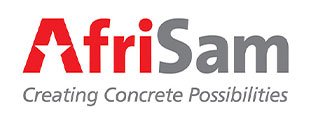

AfriSam bolsters Western Cape prominence with technical Zeitz Museum concrete work

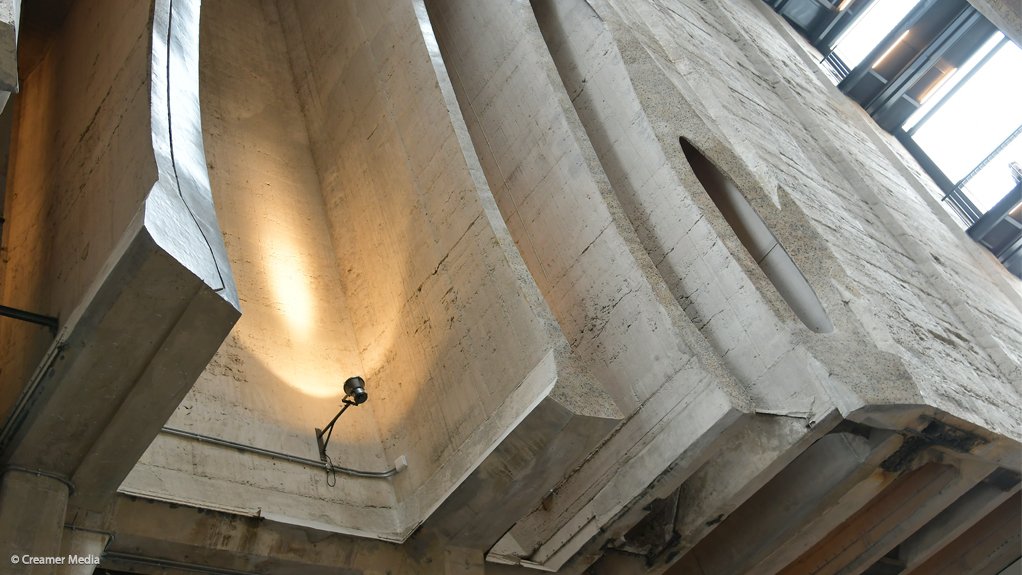
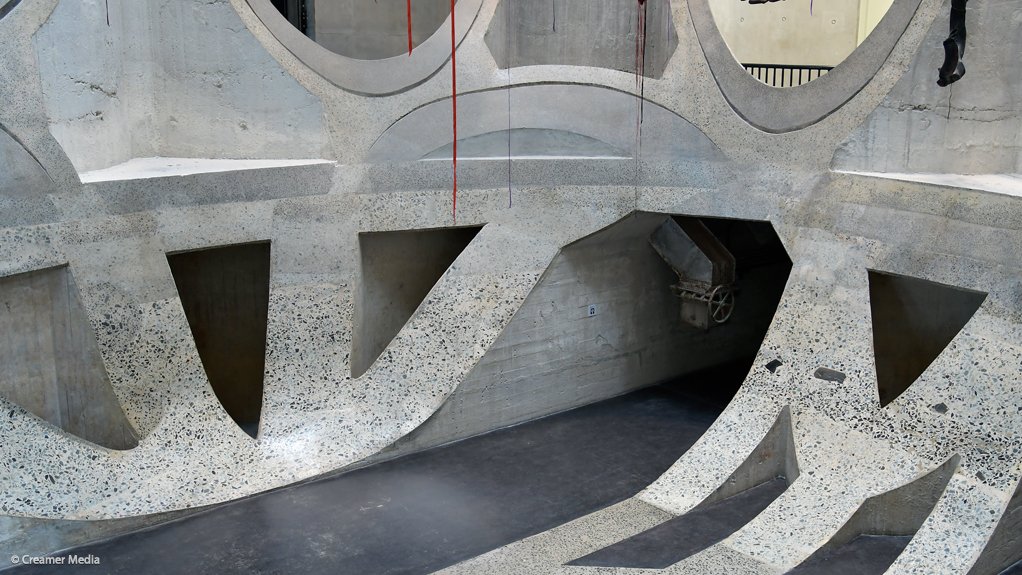
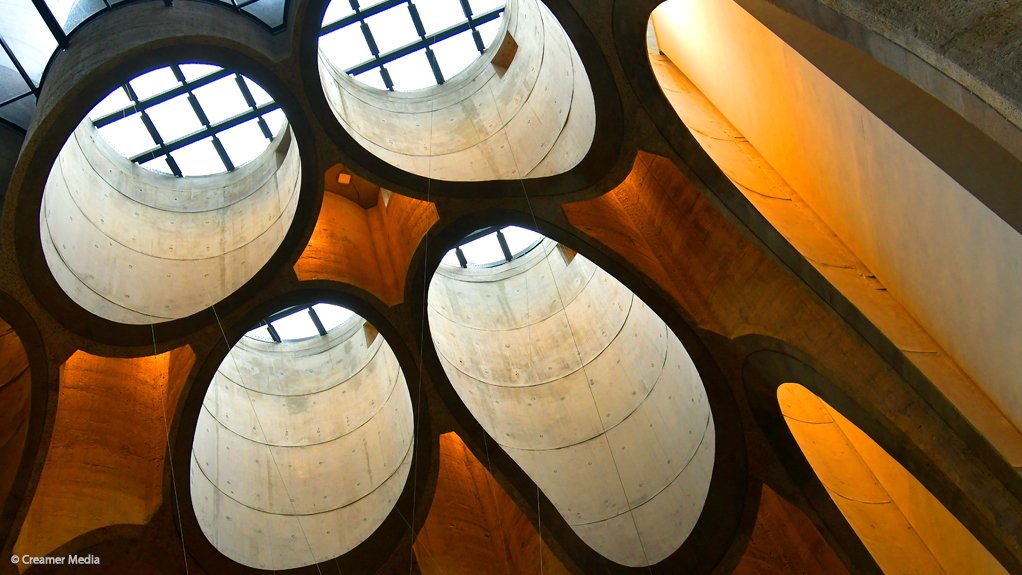

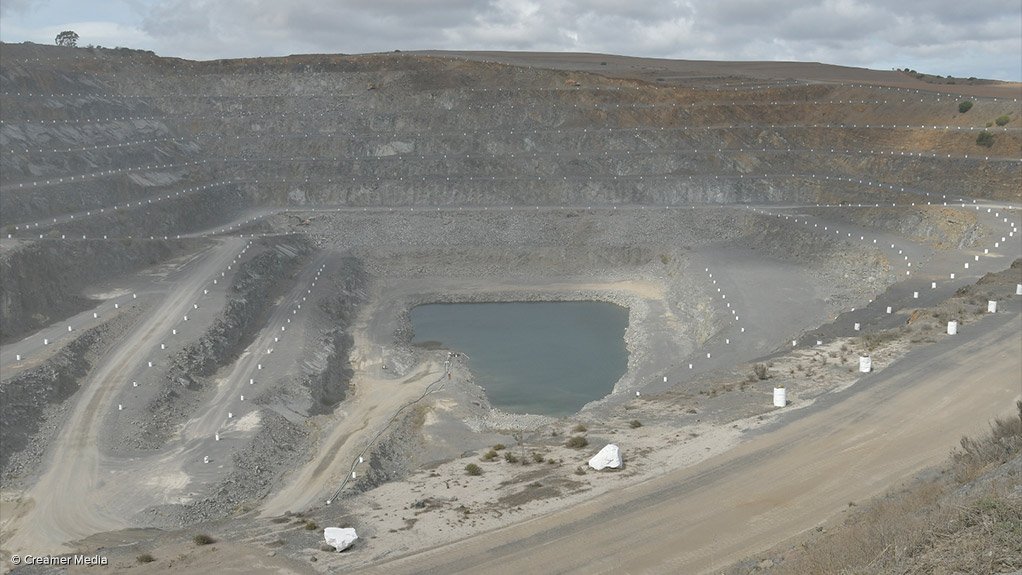
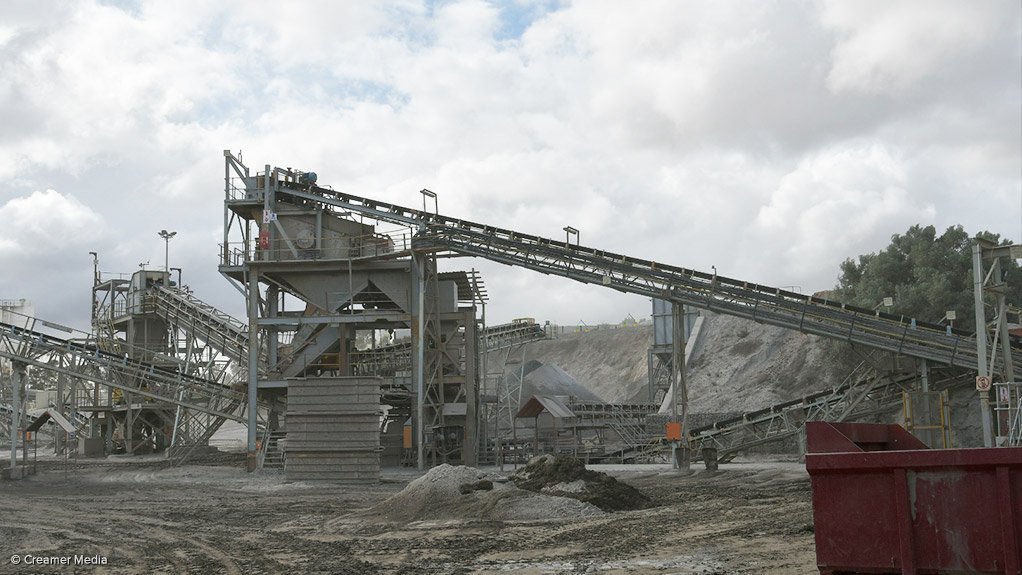
Zeitz Museum of Contemporary Art Africa
Photo by Dylan Slater
Photo by Dylan Slater
Photo by Duane Daws
Photo by Dylan Slater
Photo by Dylan Slater
Photo by Dylan Slater
Building materials company AfriSam designed and supplied specialist concrete for the construction of the Zeitz Museum of Contemporary Art Africa, which involved the cutting away of the inside of the old grain silo at the V&A Waterfront, in Cape Town, to build the modern art museum.
The museum, designed by renowned architect Thomas Heatherwick, required highly technical form work and, in some cases, allowed only a single opportunity to pour the concrete and without the ability to vibrate the concrete to remove voids and air pockets, said AfriSam aggregates national sales manager Shaughn Smit during a media tour on Wednesday.
“AfriSam conducted research and development work with University of Cape Town Professor Mark Alexander for three months to design an appropriate concrete. Some of the concrete was cast from a crane 40 m above ground, while the concrete sleeving (done inside the old silo tubes to reinforce them) went from 200 mm at the bottom to 75 mm at the top without space to use a poker vibrator.”
The concrete had to have low shrinkage, but with good workabillity and flow, without introducing voids or honeycombing.
AfriSam’s partnership with construction company Wilson Bayly Holmes-Ovcon was paramount to the process of designing the specialist shuttering and to the construction process to build the innovative museum.
AfriSam supplied 9 800 m3 of readymix concrete, mainly 30 MPa and 9 mm stone, said Smit.
“While AfriSam has been supplying materials for constructions and developments at the V&A for 25 years, we wanted to anchor ourselves in the province and ensure that we are present to participate in the next 25 years of building projects,” he said.
AfriSam hopes to participate in the development of other infrastructure development projects in the region, such as Wes Cape, a mixed-use development project; a new mall in the central business district; and a new harbour edge, as well as the developments underneath the urban bridges and highways, said AfriSam sales and marketing executive Richard Tomes.
Meanwhile, while there is a global oversupply of cement, concrete and readymix producers in the Western Cape are struggling to meet demand in the province.
“AfriSam is mining limestone from its Saldanha Bay concession, but currently only to produce limestone for agricultural use. We have the environmental approvals to build a fully integrated cement plant in Saldanha Bay, specifically in Blouwater Bay adjacent to Saldanha Bay, but only if the market conditions are suitable,” said Tomes.
South African consumption of concrete per person is significantly below world averages, and there is significant potential to boost demand, but economic headwinds and oversupply make the industry challenging to operate in sustainably.
However, AfriSam’s logistics network, supported by Barloworld Logistics, which efficiently transports cement from its Ulco cement plant, in the Northern Cape, to Cape Town, provides AfriSam with the ability to reclaim market share, if local demand picks up to sustain production from such a new plant, said AfriSam cementitious executive Hannes Meyer.
AfriSam has shut down one of its two kiln lines in Lichtenburg, in North West, and operates only its most efficient kilns to ensure that its costs of production remain low, said Tomes.
However, critical for AfriSam’s technical clients is its ability to produce specialist concretes and to ensure supply.
AfriSam, therefore, typically has backup sites for large or sensitive projects.
“Projects like the Zeitz museum work enables us to display our capabilities and ability to meet technical requirements of the construction industry,” said Meyer.







